Discovering Liechtensteiner Apple Tart Variations
40 min read Explore Alpine twists on Liechtensteiner apple tarts—crust styles, local orchard apples, festive spices, and serving traditions—plus tips to recreate authentic textures and flavors at home. October 05, 2025 12:08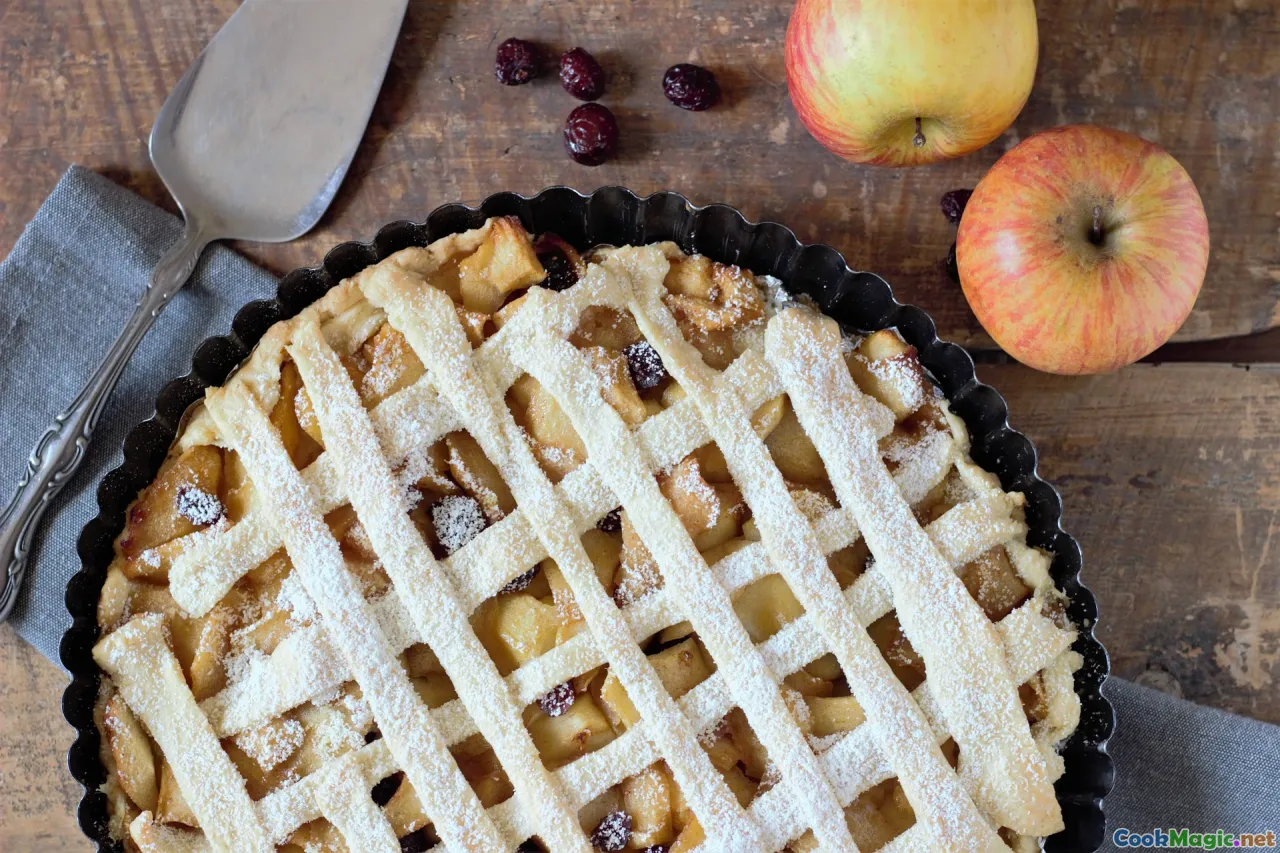
The Rhine Valley in early autumn smells like a bakery waiting to happen. Apples sweeten on the trees that stripe the foothills between Vaduz and Eschen; their skins take on the matte bloom of waxed leather, and every gust rolls a tide of fruity perfume across the cycle paths. On the market tables, the signs are hand-lettered, chalky and small: Topaz, Elstar, Boskoop, Cox Orange. Someone passes with a paper cone of roasted chestnuts, and the smoke drifts into the apples’ scent like a ribbon of wool. This is Liechtenstein’s weather for tarts.
I have come to believe that when a place is tiny, its recipes hold a map. A Liechtensteiner apple tart, at first glance, is simply Alpine comfort: fruit, crust, a suggestion of cream. But follow the textures and you trace trade routes and microclimates, Walser migrations and the patient economy of small farms. Taste how the custard clings like fog to the slope of a peeled apple slice; listen to a crust made from local ribelmais crackle under a knife; inhale cinnamon’s warmth gathering with the resinous whisper of mountain honey. The tart changes as you travel from Balzers to Malbun and across the centuries. In each variation, the principality flexes its modest but muscular pantry.
The Liechtenstein apple story
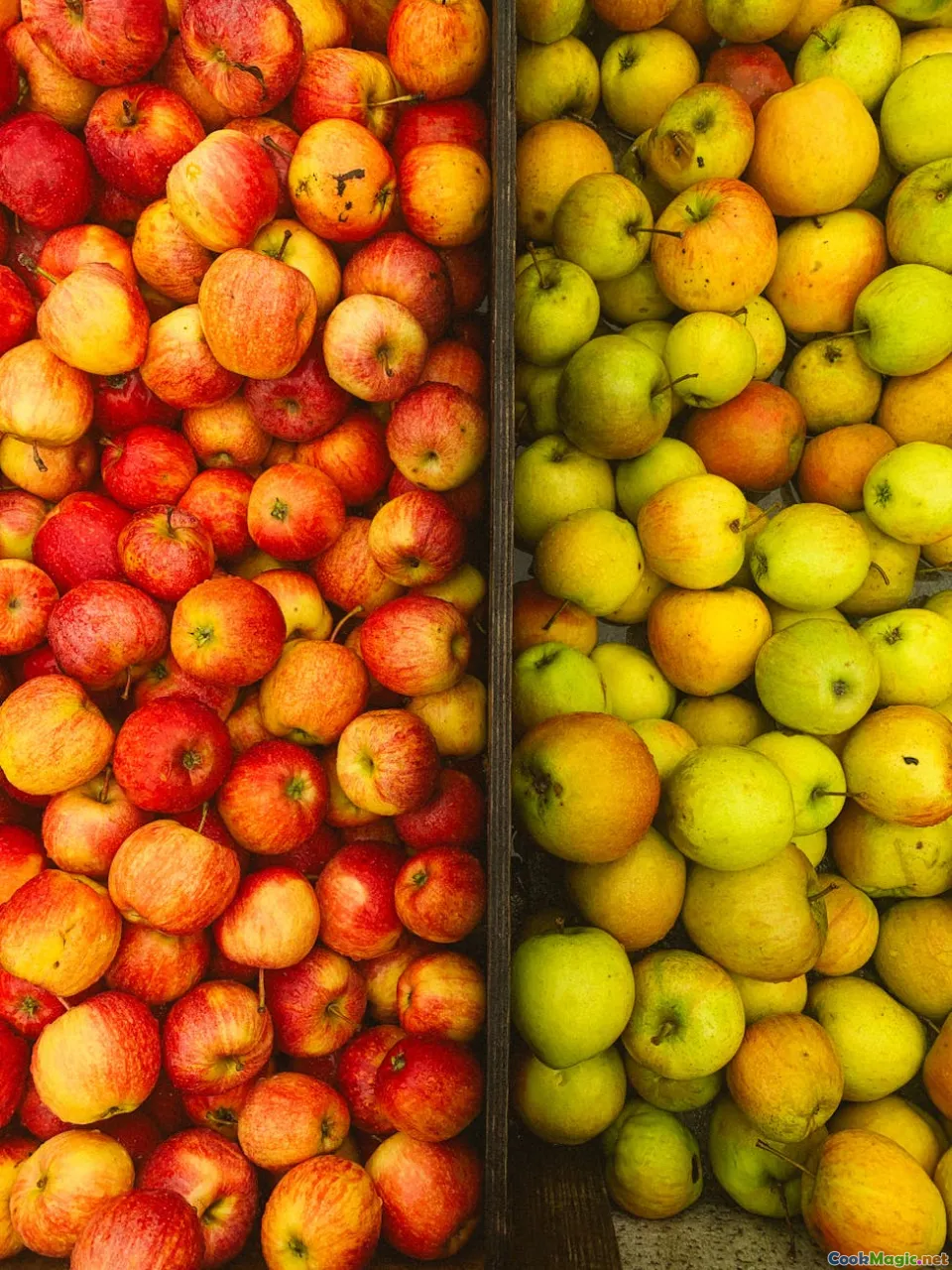
If you follow the Rhine northward along the flat, flood-stilled plain, you’ll notice how orchards prefer the gentle benches just above the river’s tilt. The trees lean into the sun that finds them between mountain shoulders; the Föhn winds dry the dew quickly, reducing disease pressure and pushing sugars upward. In this narrow pocket of land tucked between Switzerland and Austria, apple growing is modest but thoughtful: small holdings, mixed varieties, and patience.
Varieties matter. Ask anyone standing behind a crate of apples at the Saturday market in Vaduz, and they will speak to you not only of sweetness and acid, but of how a Boskoop keeps its stern posture in a hot oven, or how Elstar smiles when folded into custard. Topaz, that modern favorite across Central Europe, goes glassy and crisp, its bite like a firm bell; Cox Orange is perfume first, balancing florals with the faintly bitter complexity that keeps desserts from cloying. Gala and Jonagold, ubiquitous, provide sugar and juiciness. The secret, locals will tell you, is blending. No single apple tells the story as well as a handful of different slices speaking together.
Apples arrive in Liechtenstein’s history as a certainty, not a novelty. They belonged to the valley’s mantra of preservation: dried apple rings strung like prayers under eaves, vinegar made when the cider went wrong, brandy distilled from whatever refused to be anything else. They were hungry season dessert and school lunch, sliced with a pocketknife on a walk to the bus stop, tucked into dough on a Sunday when a roast went into the oven first, collecting heat for an hour before the tart could slide in and finish the meal with something unabashedly homely. That intimacy, I think, is why apple tart here feels like a person you know.
What makes a Liechtensteiner apple tart
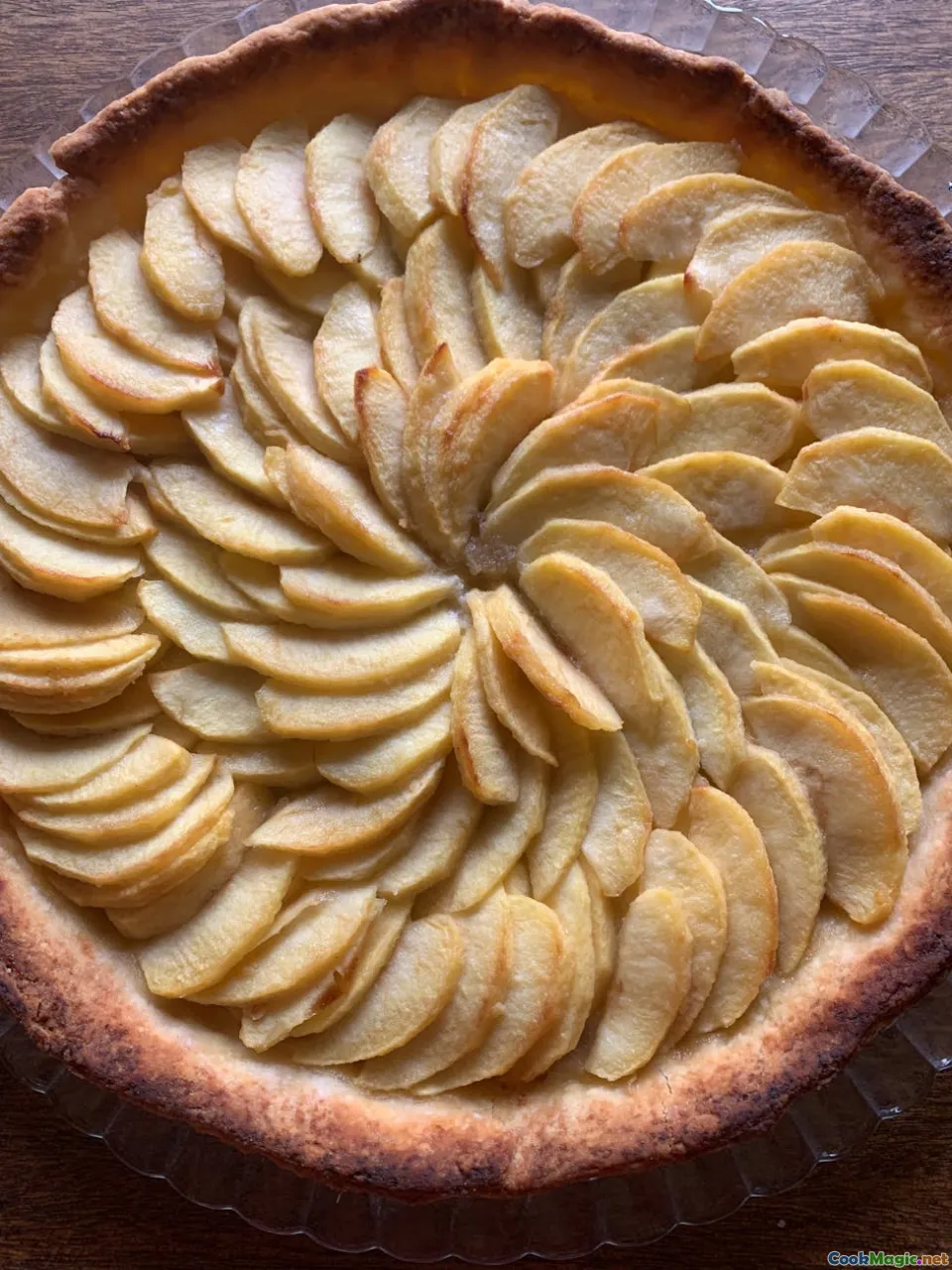
Liechtenstein’s apple tart lives at a crossroad, drawing influence from Swiss wähe and Austrian kuchen without ever fully choosing sides. In broad strokes, you’ll meet three archetypes:
- The custard-backed Apfelwähe: a shallow tart with a crisp base, layers of apples, and a pour of lightly sweetened cream-egg mixture that bakes into a quivering, golden set. Swiss by birthright, and a familiar presence in Liechtenstein kitchens.
- The streusel-kissed Apfelkuchen: not quite a cake, not quite a pie, this version partners a more substantial dough with apples and a crumbly lid of butter, flour, and sugar. Some families lean toward a yeast dough, others toward a shortcrust foundation.
- The pastry-first variants: from a French-leaning tarte fine with paper-thin slices over puff pastry, to rustic galettes folded like an envelope of autumn.
What anchors them in Liechtenstein are three choices: the apples, the fat, and the grain. The apples, as we have said, are blended for harmony. The fat, often good Alpine butter with that faint hay-sweet aroma, might be joined by a dollop of sour cream or quark to tip the custard toward tang. And the grain? Here, the principality makes a gently radical move: ribelmais, the locally beloved coarse cornmeal associated with the dish ribel, now protected by EU PGI (g.g.A.) status as Liechtensteiner Ribelmais. A tablespoon or two folded into dough gives a delicate grit and sunny color that whispers of fields.
Once you know those levers, you can taste one slice and imagine a hundred kitchens, each with its chosen balance.
How-to: the classic Apfelwähe you could bake today
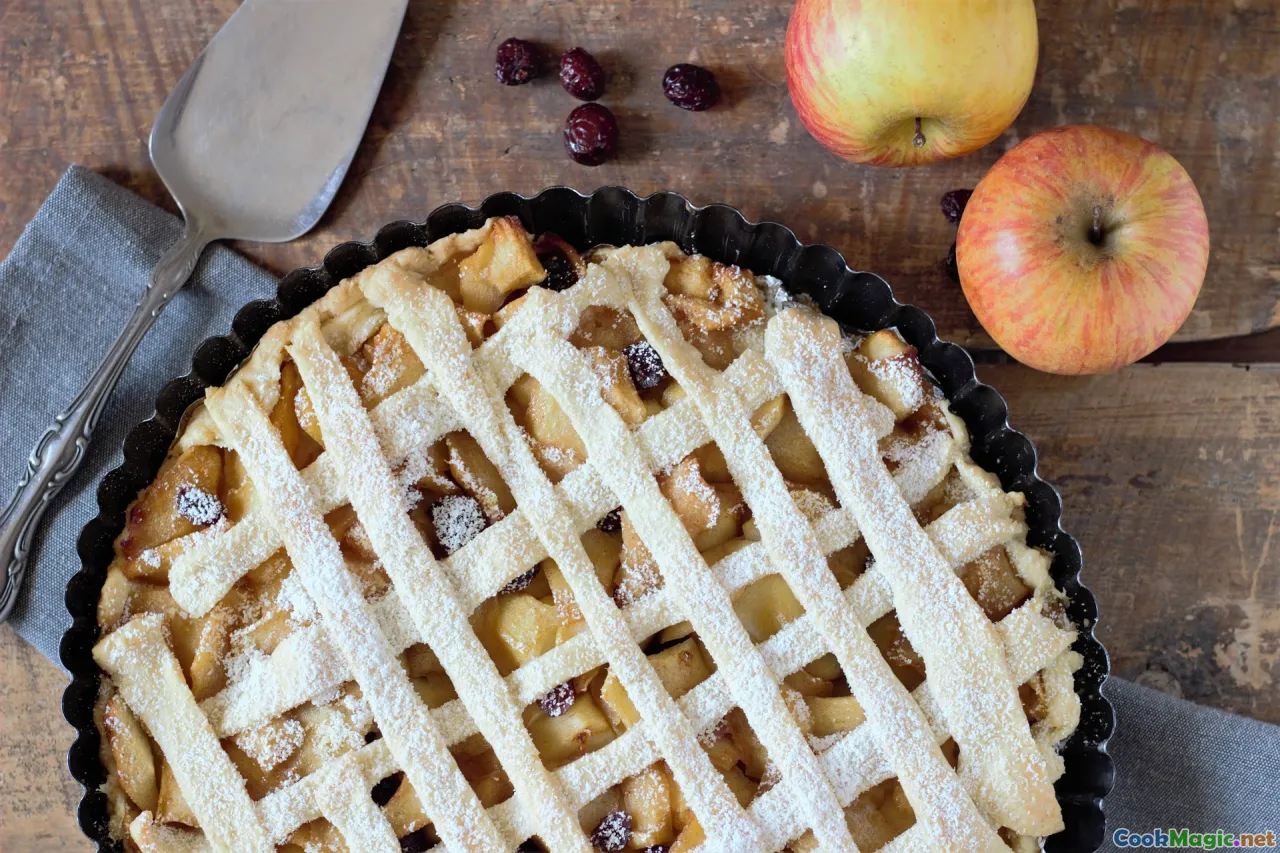
Let’s begin in the middle of the map: an Apfelwähe that behaves exactly as it should. The crust is crisp at the bottom so you hear it when the fork goes in, and the custard is just set, tremoring if you tap the tin.
You will need:
- A 28 cm tart tin, ideally with a removable base
- For the dough: 200 g flour, 20 g fine ribelmais or polenta (optional but lovely), 1 tbsp sugar, 1 good pinch fine salt, 120 g cold butter, 3–4 tbsp cold water
- For the apples: 700–800 g mixed apples (Boskoop for spine, Elstar or Jonagold for juiciness, Topaz for crisp snap), peeled and sliced into thin crescents
- For the custard: 2 eggs plus 1 yolk, 200 ml cream, 100 ml whole milk, 60–80 g sugar (adjust to apple sweetness), 1 tsp vanilla, 1 tsp lemon zest, a dusting of cinnamon if you favor it, and a pinch of salt
Method, with the detail that keeps it Alpine:
- Make the dough: Combine flour, ribelmais, sugar, and salt. Rub in the cold butter until you have a slow snowfall of pea-sized crumbs. Add cold water gradually, just until the dough holds together; do not punish it with kneading. Press into a disk, wrap, and chill 30 minutes.
- Prep the apples: Peel and slice. To keep them honest in the oven, toss with a tablespoon of lemon juice and, if your apples seem wet, a teaspoon of potato starch (it will keep the custard smooth while catching the juice).
- Blind bake: Roll the dough and line the tin. Prick with a fork. Chill again for ten minutes to calm the gluten. Bake at 190°C with weights for 15 minutes, then without weights for another 5–7, until just kissed by gold.
- Build and bake: Shingle in the apples. Whisk together custard ingredients. Pour slowly until the fruit peeks like islands in a pale lake. Dust with cinnamon if your family insists. Bake 30–35 minutes, until set but still tender in the center.
Serve warm, when the custard sighs as you cut it, or cooled to room temperature, when flavors have found each other. The scent is cream and butter and apple steam; the crust gives a sandy whisper that tells you the ribelmais is doing its subtle work.
Ribelmais crust: a principality underfoot
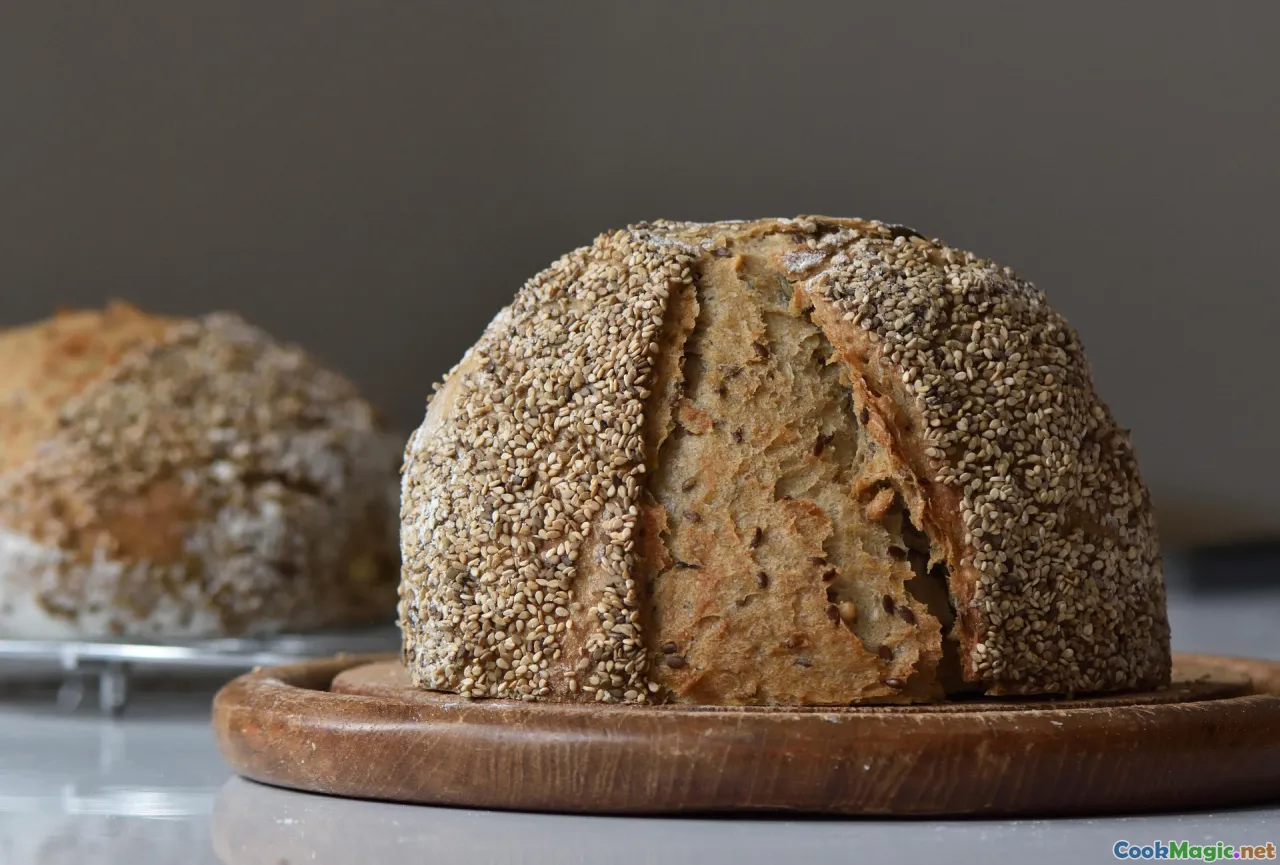
Ribelmais is to Liechtenstein what dialect is to speech: the detail that marks where you are. Traditionally cooked like a rough polenta and then crumbled into buttery morsels called ribel, it is the taste of simple meals that anchored generations of farmers and factory workers alike. Its PGI protection speaks to a community insisting on the value of a grain suited to its fields and climate.
As a pastry ingredient, ribelmais offers texture first, flavor second. A tablespoon turns fragile shortcrust into something with a gentle crunch, a tiny friction that makes your teeth more aware. Increase to two tablespoons and you’ll see a deeper yellow, with whispers of toasted corn once it bakes. Beyond that, the crust can become sandy in a way that repels moisture rather than embracing it, which is not quite what a custard tart needs.
Trick for a ribelmais-rich base that stays structured: reduce overall flour slightly and add an egg yolk to the dough so the lecithin helps emulsify fat into the starches. Bake fully before filling if you plan a tart without custard, such as the tarte fine or a streusel-only version.
And yes, you can go further. A cook in Triesenberg once showed me a tart dough built as if for ribel itself: half wheat flour and half ribelmais, bound with butter and a splash of Süssmost (fresh pressed apple juice). The result is rustic in the best sense, a crust that feels like dry stone warmed on a sunny ledge above the Samina River. For fragile slices like that, cut squares rather than wedges, and serve to people who understand that crumbs are part of the pleasure.
Walnut honey streusel: a neighbor’s influence with local hands

Travel southeast toward Graubünden and you will taste the walnut pastry that built a reputation: Bündner Nusstorte, buttery and dense with caramelized nuts. In Liechtenstein, walnuts also have an old claim, dangling in clusters from barn-adjacent trees where kids learned first to crack them with stones. It takes almost no imagination to invite walnuts into an apple tart.
Consider a streusel variation that keeps the apples pure while adding a vocal crunchy counterpoint on top. The streusel’s composition matters. For a 28 cm tart:
- 120 g flour
- 40 g fine ribelmais (for that faint, sunny grit)
- 80 g cold butter
- 80 g sugar (swap in 30 g honey plus 50 g sugar if you want the scent of meadow)
- 60 g chopped walnuts, lightly toasted
- Pinch of salt and a whisper of cinnamon
Rub butter into dry ingredients, stir through walnuts, and freeze the bowl for ten minutes before scattering over your apple-lined tart. If you’re using an egg custard, add streusel halfway through baking so the crumbs brown without sinking. If no custard, crown the apples from the start. Honey’s floral breath floats above the apples as the oven heat blooms; the walnuts turn to a caramel-edged crunch that gives each bite a topography.
To anchor this in Liechtenstein’s shopping reality: I have bought little paper sacks of walnuts at a roadside stand near Eschen, alongside jars of dandelion honey. Those nuts were not polished commodities, but mixed sizes and shapes, faintly dusty, as if they remembered their shells. They made for a streusel that looked and tasted like a hillside should.
Walser buckwheat tartlets: peak flavor in small shapes
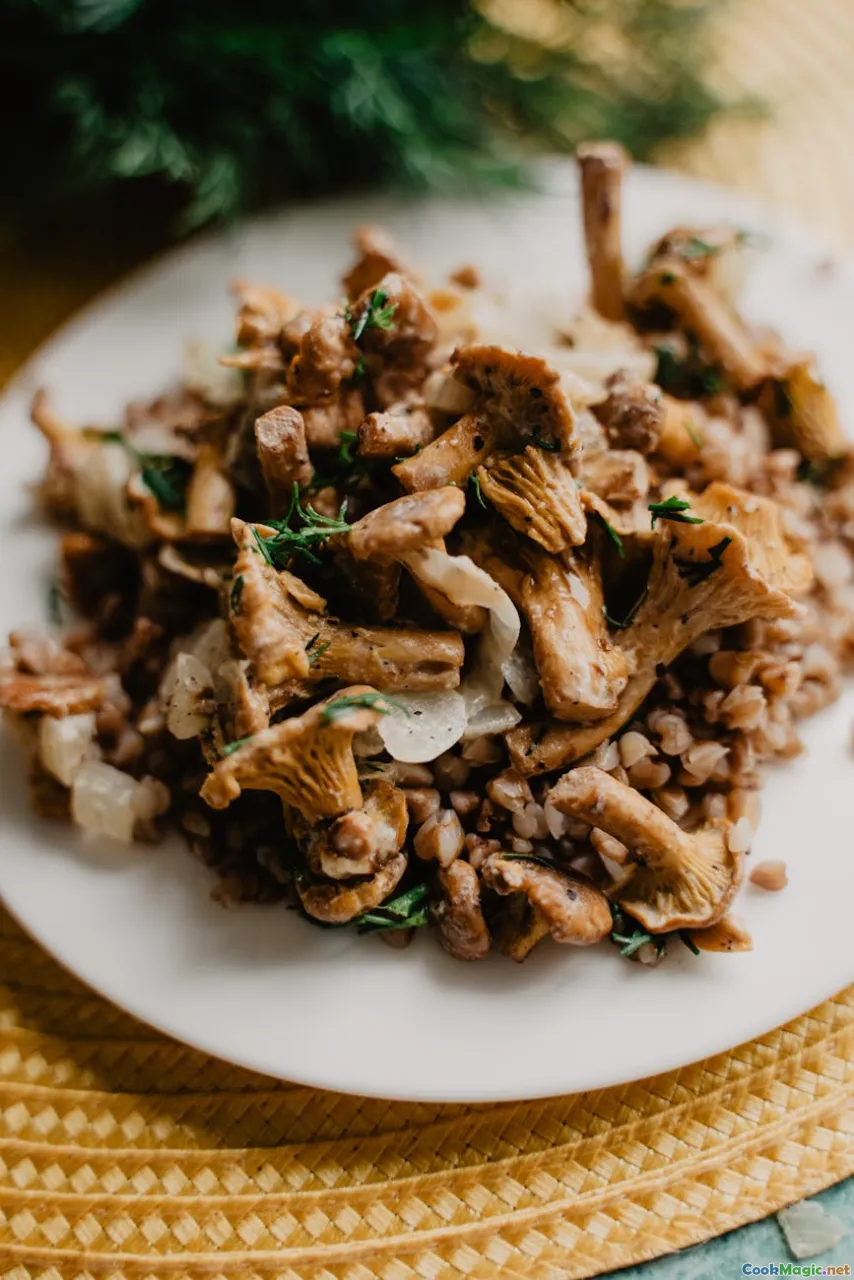
Triesenberg’s Walser heritage is the part of Liechtenstein that smells of woodsmoke and broth, of barley and buckwheat and foods that did not require campaigns of import. Buckwheat, with its gray-flecked flour and barnyard perfume, does something magical to apples: it sets up a tension between earth and air.
For four tartlets:
- Dough: 120 g all-purpose flour, 60 g buckwheat flour, 90 g cold butter, 1 tbsp sugar, pinch of salt, 1 small egg, 1–2 tbsp cold water if needed
- Filling: 2 medium Topaz apples and 1 Boskoop, peeled and diced small; 20 g sugar; 1 tbsp Süssmost; 1 tsp lemon zest; 1 tsp potato starch; tiny pinch cinnamon
Make the dough: Rub butter into flours, sugar, and salt. Add the egg; pulse or stir just to combine. Chill. Roll and line tartlet tins, chill again, and blind-bake until just set. Toss the apple cubes with sugar, Süssmost, zest, starch, and cinnamon. Heap into the shells and bake at 190°C until the buckwheat edges are browned and the apples are soft at the corners but still square in the middle. The smell is deep: toasted grain, a ghost of bitterness, sweetness that feels anchored.
These tartlets are firm enough to take on a walk across a meadow—the kind of treat you eat with the last of your thermos of coffee in Malbun, where the grass tilts toward the sky and the bells of grazing cattle toll as if someone is stirring a pot of sound.
Süssmost and sour cream: a custard that speaks the valley

Süssmost is fresh pressed apple juice, as much a part of autumn here as wool hats. In custard, it brightens the dairy and helps the fruit’s voice carry. Sour cream, meanwhile, is custard’s best low-key secret: it adds body without heaviness, and a tang that resists the caramel-sweet direction apples can take.
For a Süssmost sour cream tart, follow the classic Apfelwähe, but replace the 100 ml milk with 120 ml Süssmost and the 200 ml cream with 150 ml cream plus 80 g sour cream. Whisk thoroughly to avoid spots; you want a custard the color of pale beige linen. Reduce the sugar slightly to compensate for the juice’s own sweetness, and bolster lemon zest to keep the custard bright.
When it bakes, the kitchen fills with a scent like a mulled night where nothing has yet been mulled: apple steam, dairy warmth, and a prickle of acid that feels like crisp air on your cheek when you carry the tart to the next room.
Brown butter and mountain herbs: a modern wink that tastes old

In the alpine world, herbs are not mere garnish. Tiny plots of thyme and lemon balm punch beyond their size, and honey carries those meadows in solution. There is a way to knit those flavors into apple tart without turning it into a novelty dish.
Brown 80 g of butter until the milk solids toast and smell like hazelnuts. Cool slightly. Make a simple tart with thin apple slices arranged over a blind-baked shell. Brush the apples with the brown butter; scatter a scant pinch of finely chopped lemon thyme leaves over the top—scant meaning really scant; herbs are a chorus of sopranos and will drown the lead if allowed. Drizzle a teaspoon of mountain honey across the lattice of fruit.
Bake hot and fast at 200°C until the edges char just a little. The thyme’s resin opens up as the heat hits it; the brown butter’s caramel complexity slides into the apples’ edges. The result is still a proper tart, not a seasoning experiment, and eats like the warm side of a mountainside after a day of wind.
The apple library: choosing and blending varieties like a local

One of the surest signs you are cooking like a place is how you pick your fruit. In Liechtenstein, that means blending apples for harmony.
- Boskoop: The backbone; cooks without collapse. Its acidity is the queen’s knuckle on your wrist, reminding you to sit up straight.
- Topaz: Crisp, tart, punchy; slices hold shape and offer a satisfying bite. The flesh stays pale longer, a gift when you’re arranging.
- Elstar: Sweet-tart and aromatic; softens more than Topaz, contributing saucy juiciness to a custard tart.
- Cox Orange: Perfumed, a little aristocratic; tends to go soft, so partner with firmer friends.
- Jonagold, Gala: Sweet baselines; helpful in small proportion.
In practice, a 50:30:20 split of Boskoop:Elstar:Topaz yields a perfect all-purpose tart. If you cannot find these exact varieties, think in traits: one firm-tart, one aromatic, one sweet-juicy. Always taste a slice raw as you peel; your tongue is your own seasonality meter.
Do not be shy about mixing orchard and market fruit. I once made a tart with a bag of apples given to me by a family in Schaan who had more than they could stew and a few Topaz I bought in Vaduz to fill gaps. Those tarts taste better because they carry the generosity of the exchange. And if the apples run small, do not sculpt perfection; pack them in. Abundance is the point.
Techniques for Alpine crispness
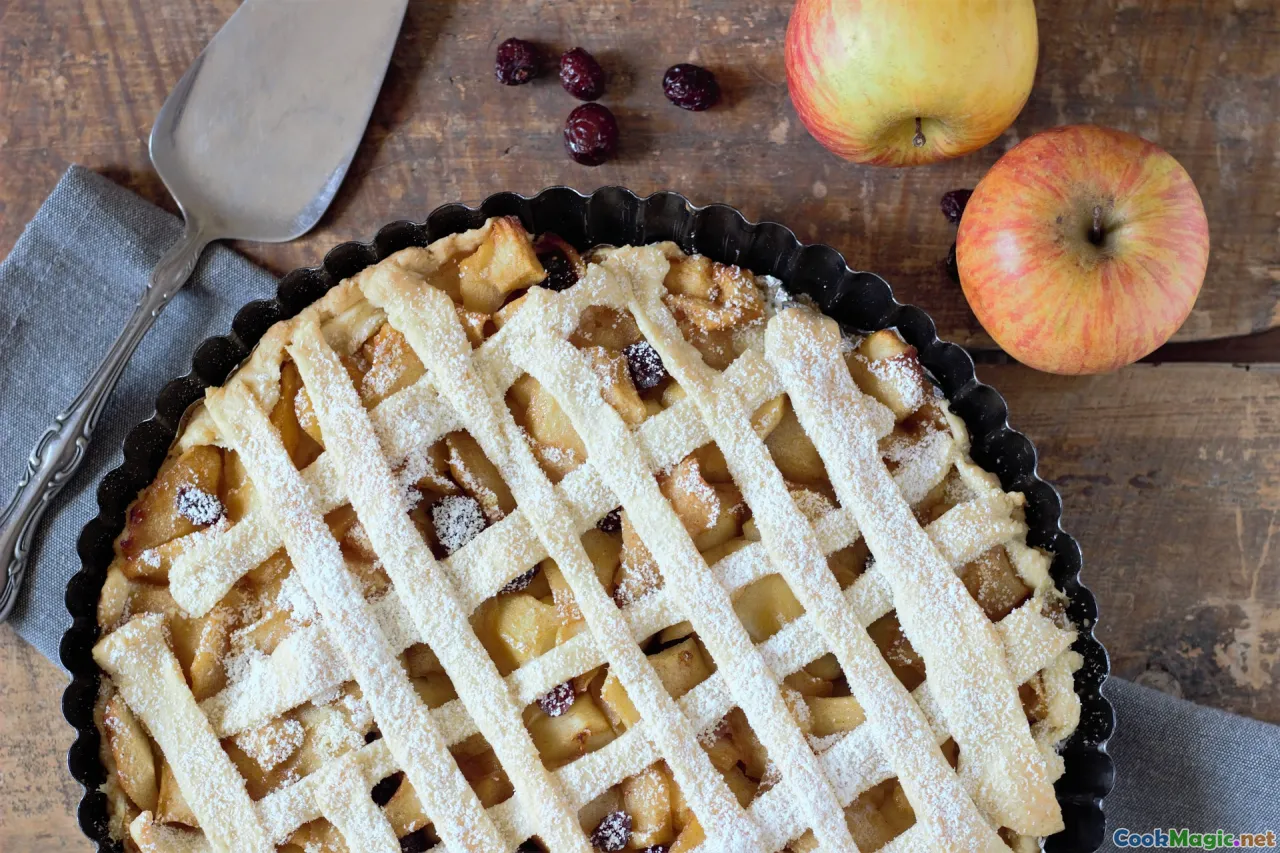
Fighting sogginess is a sport in any climate, but in a valley where the morning can bead everything with dew, bakers get clever. Some good habits:
- Heat management: Use a preheated baking stone or a thick inverted cast iron skillet on the lower rack to give your tart a blast of bottom heat. It sets the crust before juices can get mischievous.
- Flour and starch: Flour your apples lightly if you see water puddling on the board as you slice. Potato starch makes a clear set; flour makes a softer, homier one.
- Blind bake properly: Chill the lined tin before it goes into the oven; a cold start limits slump. Use weights for the first phase, then bake naked to dry the base.
- Layer mindfully: A dusting of fine breadcrumbs or ground nuts over the crust (walnuts or hazelnuts) can drink excess juices without announcing themselves.
- Custard timing: If you are baking with a generous custard, add only two-thirds at first. Return the tart to the oven for five minutes, then top up to the rim; the partially set base will resist seepage.
None of these feel like tricks when you taste the result. The crust fractures with a clean edge; your plate remains free of puddle; and the apple slices remain pieces, not mush.
Where to taste in Liechtenstein: markets, mountains, and home kitchens
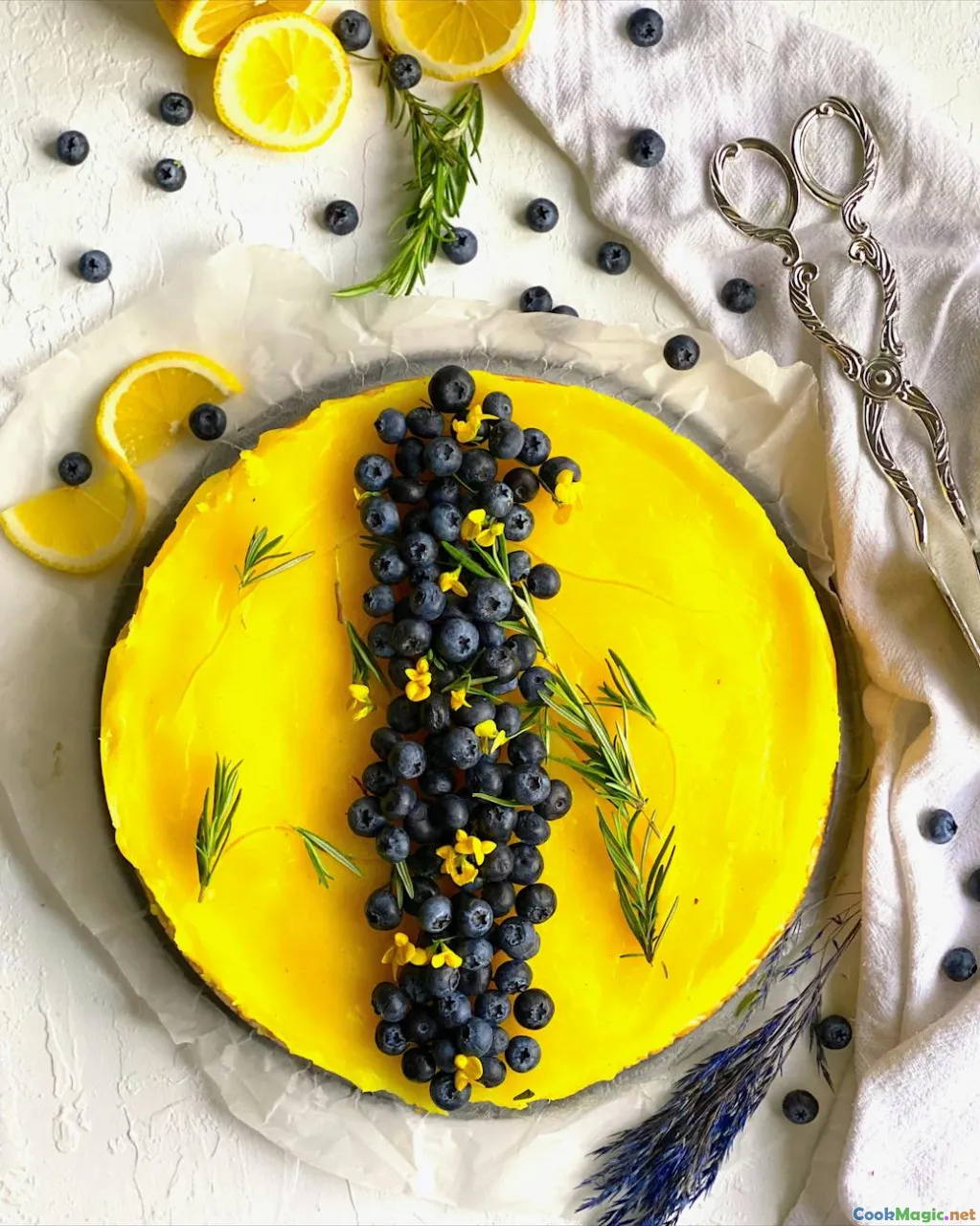
Ask around and you’ll discover that Liechtenstein’s best tarts are still domestic acts. But public places have their moments. The Saturday market in Vaduz gathers small growers whose crates reveal the season in layers: greener in early September, russet by late October. Talk to them about baking and they will tell you which apples to cut thin for a tarte fine and which to dice for a buckwheat tartlet. In small cafés in the valley towns—Schaan, Balzers, Eschen—you can often find a slice of Apfelwähe behind the glass, its top mottled with caramelized custard islands, the crust a little soft by afternoon in the most endearing way.
In Malbun, after a hike, I have eaten tart that tasted like the altitude had edited it: less sugar, more butter, apples cut thicker as if the air would take up the slack for tenderness. Served with a spoon of schlagrahm that draped with all the elegance of fresh snow, it restored me more completely than any energy bar ever has. And in Triesenberg, where family recipes travel across generations like stories told around a storm, I have watched a grandmother whisk a custard entirely by feel, her ear trained to the sound of sugar dissolving and the tempo of a proper pour. That, too, is a place to taste: at the table of someone who has baked this tart in every mood of weather.
Pairings: drinks and sides that reflect the place
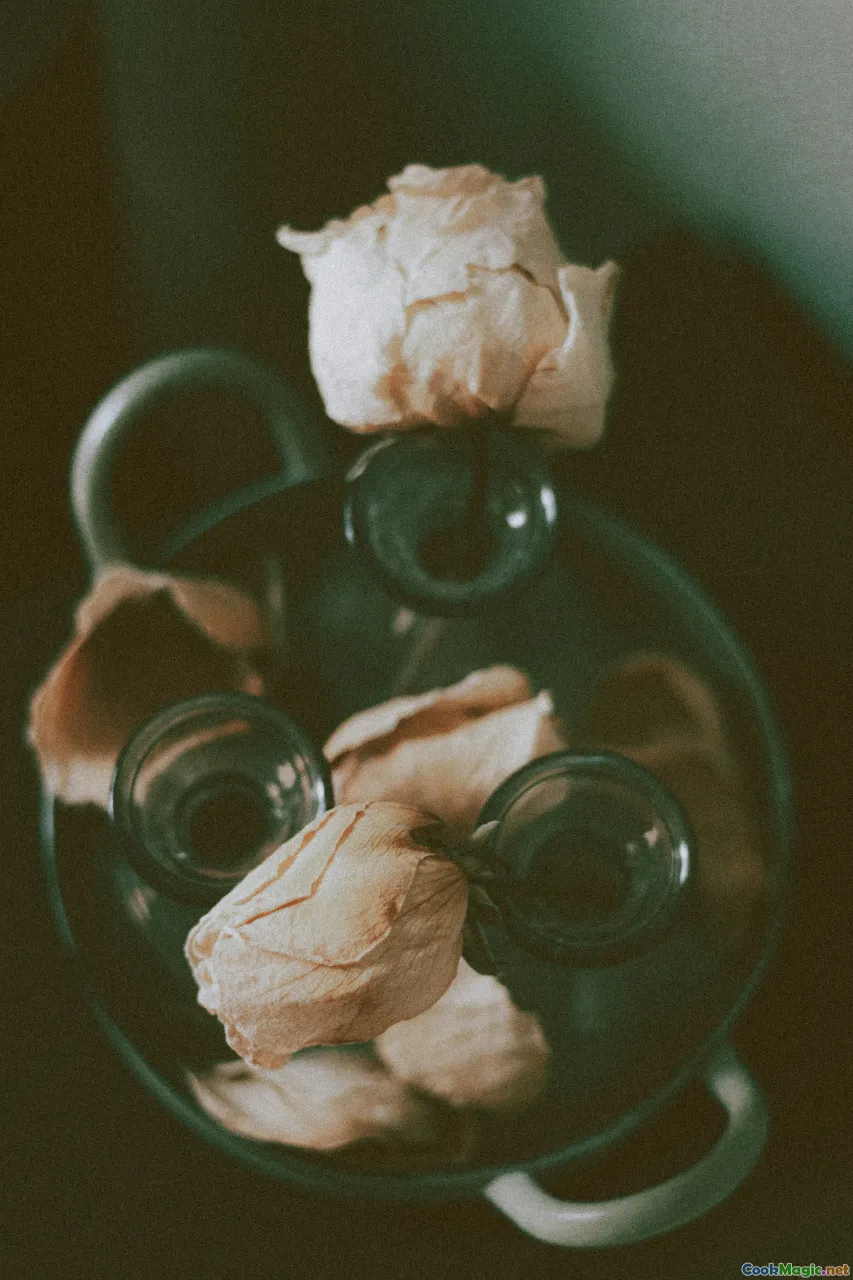
- Coffee: The dark, nutty roast favored in many Liechtenstein kitchens sits comfortably beside apple tart, especially the buckwheat and walnut streusel versions. Drink it from a cup that warms your hands and you’ll understand winter.
- Süssmost: A chilled glass of fresh apple juice with bright acidity makes a custard-rich tart sing. It is pairing by echo.
- Alpine dairy: Lightly sweetened whipped cream, perhaps with a spoonful of sour cream folded in, is classic. Quark set with a drizzle of honey for the buckwheat tart is also sublime.
- Wine: From the Hofkellerei des Fürsten von Liechtenstein—the princely winery—a lightly off-dry Riesling-Sylvaner (Müller-Thurgau) can be an elegant companion, especially if your tart leans tart. For more caramelized versions, a late-harvest white from the region can balance sweetness with freshness.
- Apple brandy: A thimble of local obstbrand, the sort distilled by families in small batches, is a nightcap after tart, not a pairing during it. Let it warm your chest and prolong the apples’ afterglow.
A day to bake: the Rhine at your back, the oven ahead
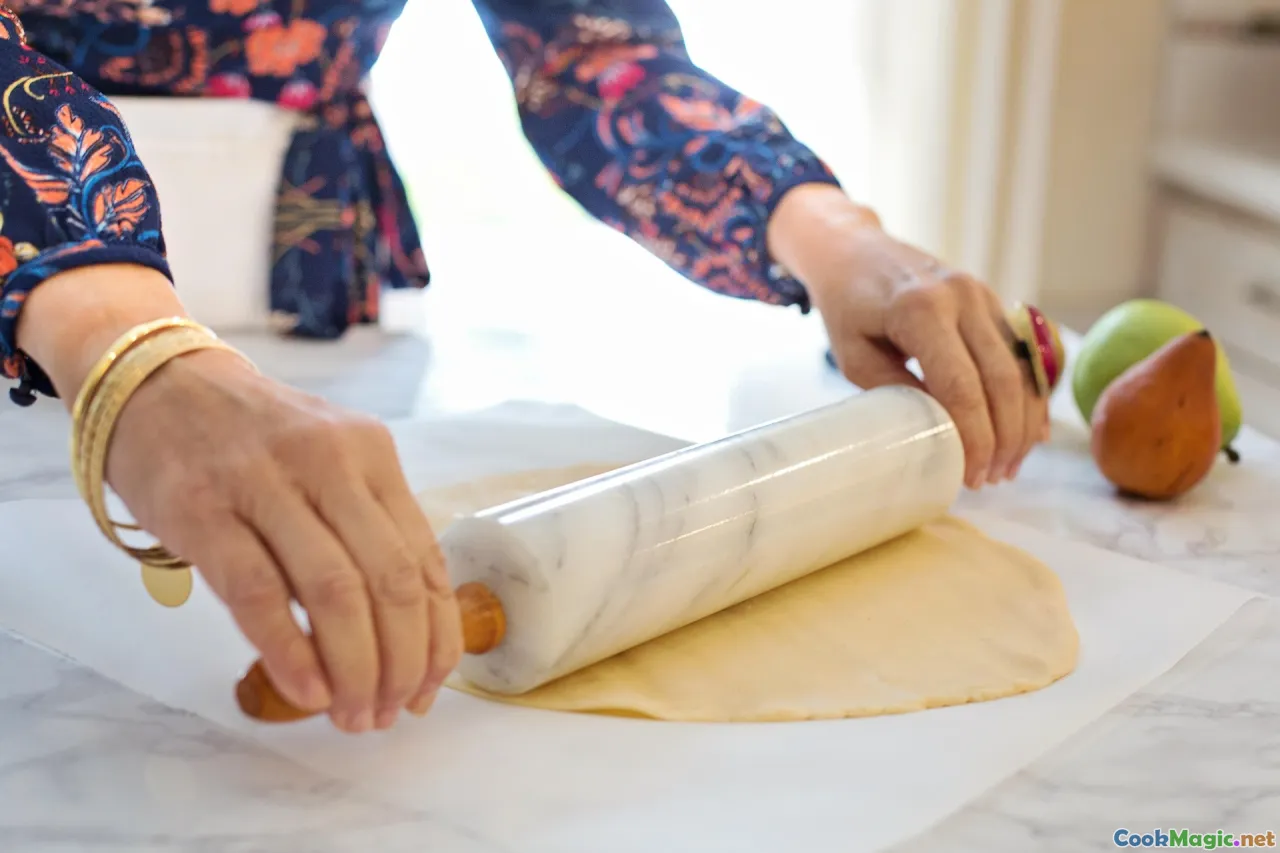
There is a rhythm to a tart-baking day that feels like a frame for the rest of your life. Morning: you choose your apples. Maybe you cycle to a stand near Schellenberg where baskets of fruit sit under a sign that trusts you to make change. You fill your bag with a clatter of small apples that look like punctuation marks. The air tastes like rust and clean water.
Back home, you set butter to chill and put on a kettle. Dough comes together under your palms—a tender clump cool to the touch, the ribelmais gritty as sand at the very smallest scale. While it rests, you peel apples. The scent is vivid: green, high, with the faintest echo of the tree’s bark in the peel. You slice into half-moons, some thin, some less so, because you believe in varied texture.
Midday: the oven hums. You blind-bake the crust, and as you pour custard you remember the first tart you attempted in a borrowed kitchen in Schaan, when you overbaked and the custard broke, but the table went quiet anyway as people chewed, grateful. You have learned kinder heat since then.
Afternoon: you carry the tart to the table. The glossy apples are slightly sunken now into the custard; some edges have browned like the back of a sparrow. You cut with a dull knife, because sharp ones drag, and the crust yields like good snow under a ski. The first slice always comes out ragged. That is not a failure but an invitation. Someone will take it and say the only correct thing: that it tastes of apples and home.
Troubleshooting and tiny lessons from many slices
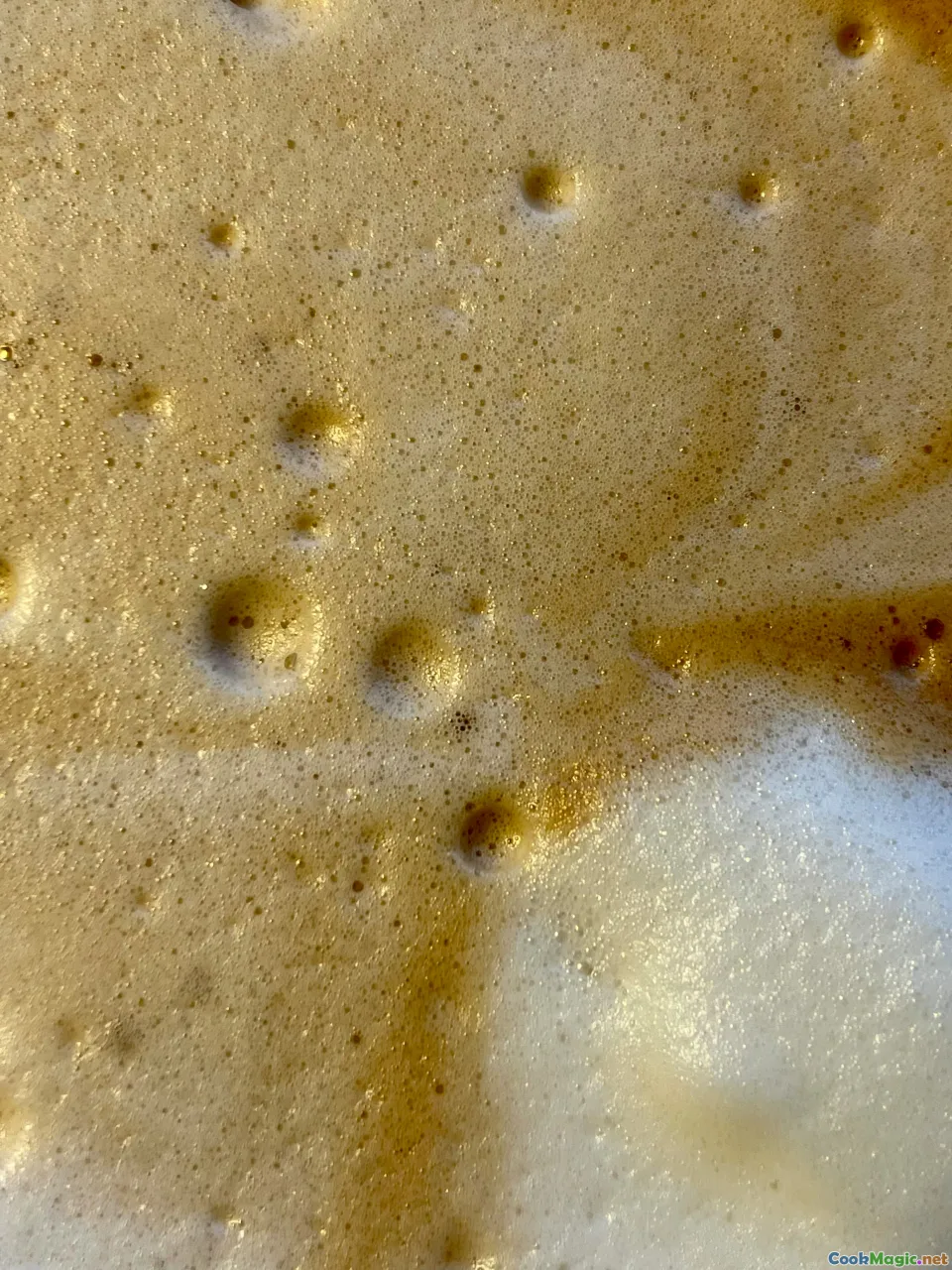
- My crust shrank: You rushed the chill. Flour’s proteins need their rest after the shock of being handled. Chill the lined tin ten minutes before it goes to the oven; prick generously.
- My apples floated: You poured the custard too quickly and filled past the rim. Spread the apples in an even layer; press them gently; pour slowly; and consider the two-stage fill method.
- The custard was dull: Your apples were sleepy or your lemon zest was shy. Increase zest a touch; consider replacing some milk with Süssmost. Vanilla should be a whisper, not a shout.
- Bottom soggy: Stone on the lower rack; bake long enough in the blind stage; consider ground nut layer. Also, weigh your apples the first few times you bake until you understand your tin’s appetite.
- Too sweet: Blend in more tart apple next time; reduce sugar; avoid heavy-handed honey unless your apples stand up to it.
And the small lesson that matters most: a tart is a snapshot, not a monument. It records the apples you found, the butter you bought, the weather that day, your state of mind as you pressed the dough into the corners. Cook with attention, not anxiety.
Base recipe with plug-in variations for the curious baker
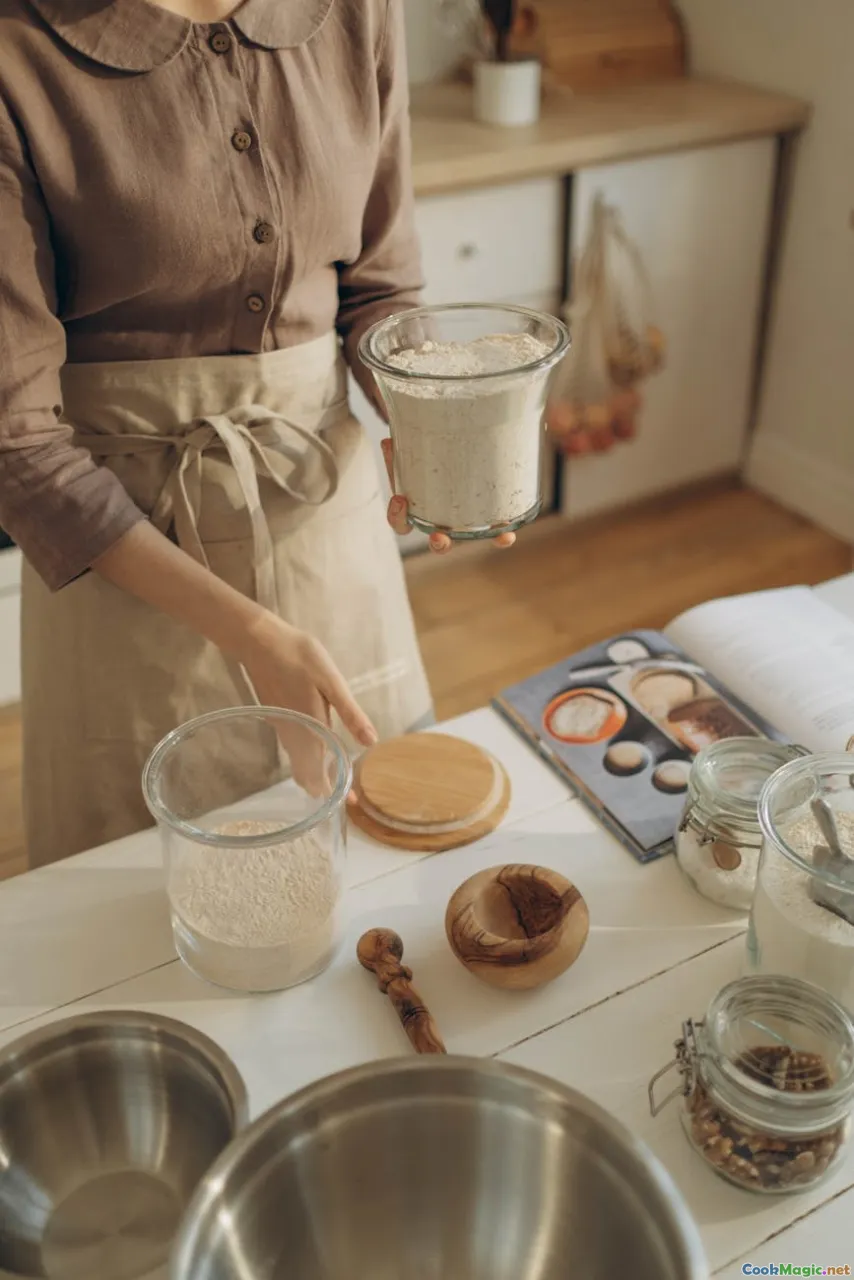
Make this once as written, then swap and play. The base offers a neutral stage for the variations we have discussed.
Crust base:
- 200 g flour
- 20–30 g fine ribelmais
- 120 g cold butter, diced
- 1 tbsp sugar
- 1 pinch salt
- 1 egg yolk (optional, for strength)
- 2–4 tbsp cold water
Pulse dry ingredients with butter to crumbs. Add yolk if using. Add water to bind. Chill, roll, line, and blind-bake.
Apple layer:
- 700–800 g sliced apples
- 1 tbsp lemon juice
- 1 tsp potato starch if apples are juicy
Custard base:
- 2 eggs + 1 yolk
- 250–300 ml total dairy: combinations of cream, milk, and sour cream
- 60–90 g sugar
- 1 tsp vanilla
- 1 tsp lemon zest
- Pinch cinnamon (optional)
Variations to plug in:
- Ribelmais-forward crust: Increase ribelmais to 40 g, reduce flour accordingly, and use the egg yolk. Expect a sandier snap.
- Walnut honey streusel: Omit custard or add halfway. Stir 60 g toasted walnuts and 30 g honey into standard streusel.
- Süssmost custard: Replace milk with 120 ml Süssmost; add 80 g sour cream; reduce sugar 10–15 g.
- Buckwheat tartlets: Replace 60 g flour with buckwheat in the crust; use diced apples; keep custard minimal or omit.
- Thyme brown butter tarte fine: Use puff pastry instead of shortcrust; skip custard; brush apples with brown butter and a pinch of lemon thyme; bake hot.
Each variation tastes of a slightly different Liechtenstein: the valley clean and bright, the slopes smoky and dark, the hearth civilized and shining.
A brief comparison with neighbors, for context and appreciation
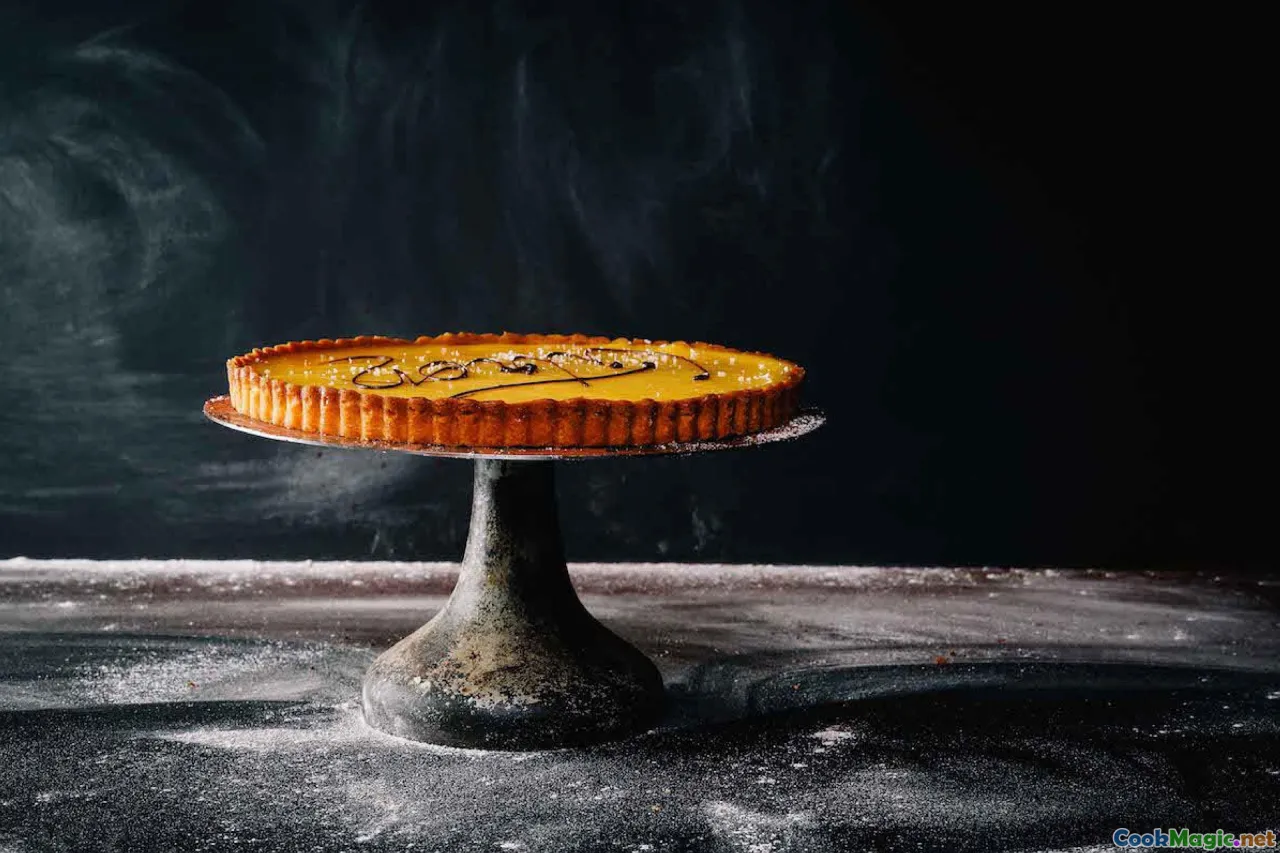
It is tempting to flatten regional pastries into a single Alpine board of sameness. That does a disservice to the subtlety of place. Swiss Apfelwähe tends to a thinner custard and a lighter bake, emphasizing dairy’s gentleness. Austrian Apfelkuchen often ventures into cake territory with a richer base or a yeast-raised dough, and strudel is a world of its own with tensile sheets of dough stretched transparent as onion skin.
Liechtenstein sits between, not as a compromise but as a conversation. The custard is present but can be robust, especially when Süssmost stands in for part of the milk. Crusts may include ribelmais. A streusel might court walnuts that nod across the border to Graubünden yet sprout from a tree in Bendern’s backyard. And the scale is local: small tins, sometimes modest slices. It is dessert as a week’s punctuation, not a gala performance.
The apple tart as a way to be at home in a small country
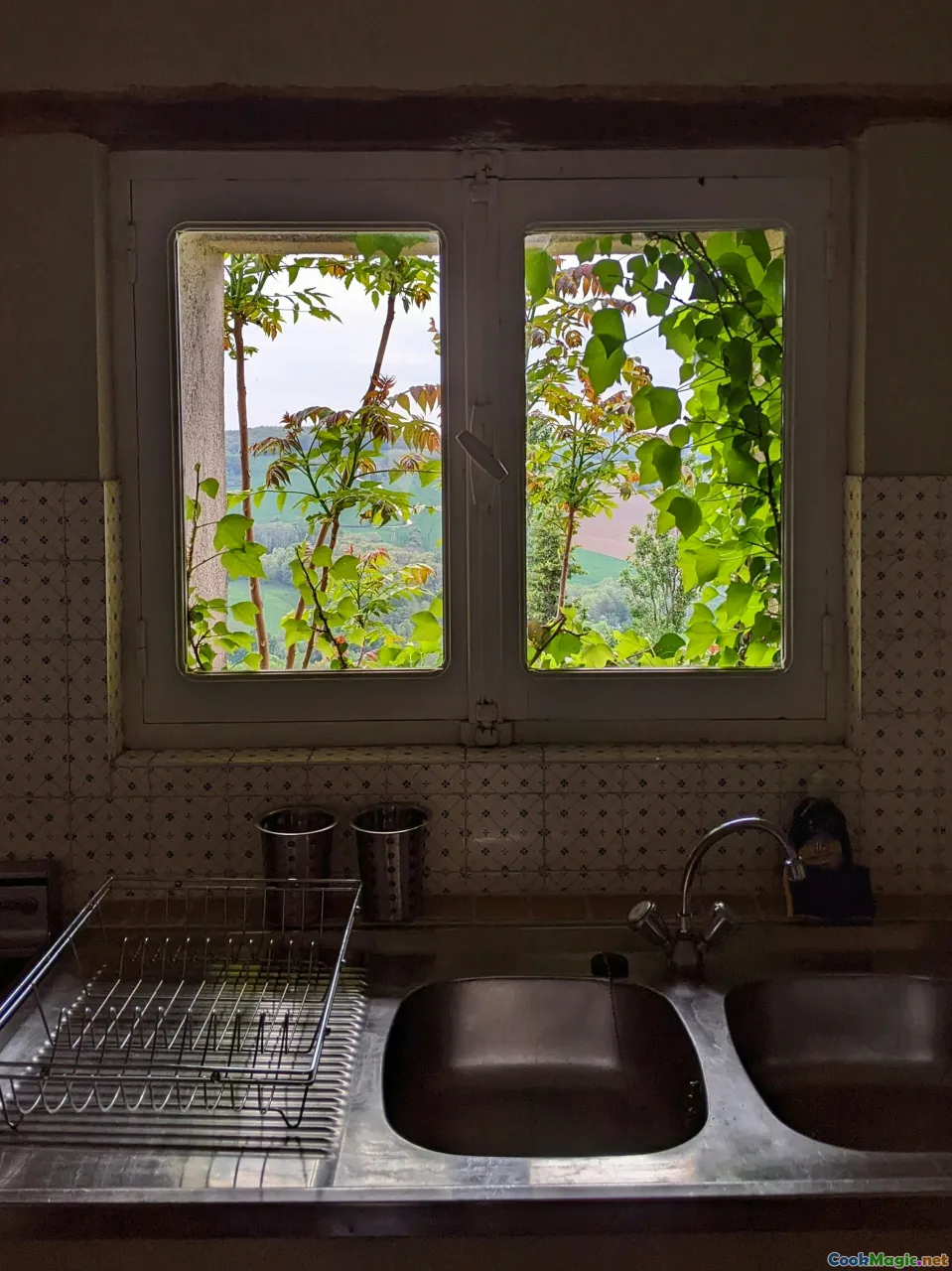
I have stood under Schloss Vaduz and watched the light slide toward evening while a tart cooled on a windowsill, and it felt like a thesis on belonging. Liechtenstein’s strength is not volume but precision, not extent but attention. The apple tart exemplifies this. It is a recipe people do not brag about, because the bragging lives in the quiet exactness of butter rubbed into flour just enough, apples chosen with care, a bake that stops when the center still quivers slightly.
On a Sunday, you might bring a tart to friends in Mauren and be sent home with an empty tin and two apples because they had too many and wanted to share. In winter, you might bake it to break the sameness of gray afternoons. In summer, you might make a rustic version with the first apples, tart and impatient, and serve it with sour cream to acknowledge their youth.
I think of the tart as an instrument tuned to the country’s scale. Not loud, not flashy, but carrying far when the air is still. The crackle when the knife goes in is a sound you remember. The smell is a passport. And the taste—apples, cream, butter, a measure of grain—is a map you can fold and keep in your pocket, confident it will guide you back to the kitchen, to the table, and to the exact place where the Alps lean close and listen while you eat.









